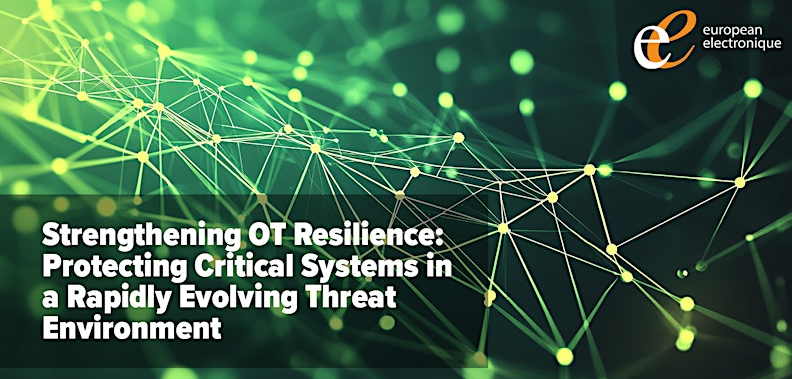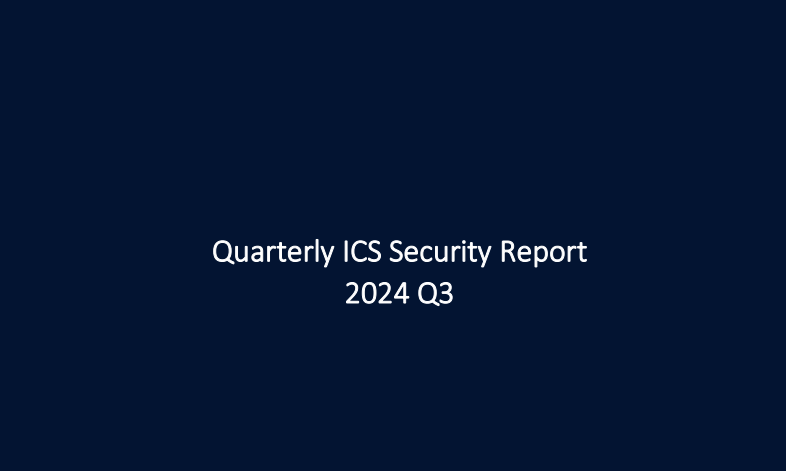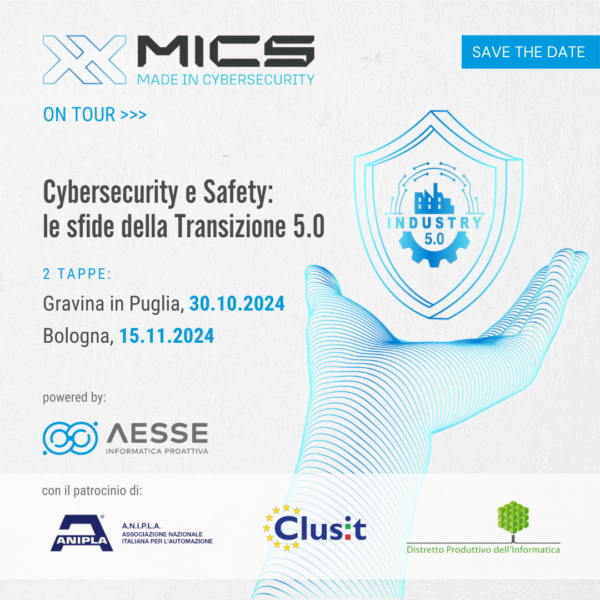While Information Technology (IT) and Operational Technology (OT) cybersecurity are two interconnected fields, they focus on protecting different aspects of an organization’s assets. The major responsibility of IT systems is to manage the data and information used to support business operations. OT is responsible for controlling and managing physical devices which are typically involved in the production or delivery of products.
Here’s a breakdown of the key differences between the cybersecurity for IT and OT that addresses their respective security posture.
Focus and Purpose
IT cybersecurity deals with safeguarding an organization’s digital information systems, networks, endpoints, and data. Its main goal is to protect sensitive data, ensure data privacy, and maintain the integrity and availability of IT assets.
OT cybersecurity is concerned with securing the operational technology, which includes industrial control systems (ICS), supervisory control and data acquisition (SCADA) systems, sensors, controllers, and other devices used in critical infrastructure and industrial sectors like water supply, manufacturing, energy, transportation, and utilities. The primary aim is to ensure the safety and reliability of physical processes and systems.
Assets and Environments
IT environments comprise traditional computer systems, workstations, servers, cloud infrastructure, and software applications used for business processes, communication, and data storage. The technology is used primarily for creating, storing, and using business information.
OT environments comprise industrial machines, sensors, actuators, Programmable Logic Controllers (PLCs), and SCADA systems that control physical processes like assembly lines, power generation, and distribution.
Attack Vectors
IT systems are vulnerable to various cyber threats such as malware, phishing attacks, ransomware, and data breaches. Attackers often seek data exfiltration and financial gain.
OT systems is subject to attacks that aim to disrupt critical processes or cause physical harm. Attackers are usually motivated by espionage, sabotage, or terrorism.
Requirements and Challenges
IT cybersecurity focuses on protecting against cyber threats in a standardized and well-established environment. It involves practices like patch management, intrusion detection, network segmentation, and encryption. IT systems typically comprise hardware from well-known vendors like Microsoft, Linux, Cisco (or its competitors), SaaS vendors like Salesforce, and cloud infrastructure vendors like AWS. They utilize well-known protocols (e.g., TCP/IP) and processes. Cybersecurity often involves regular updating and patching as security releases are made available by software and hardware vendors, as well as taking infected endpoints offline for remediation.
OT security is far more complex due to the diversity of legacy systems, proprietary protocols, and the need to maintain continuous operation. For the most part, devices operating in the plant or factory may not be shutdown or isolated except during planned downtime/maintenance windows. Security measures often involve isolating OT networks from IT networks, deploying specialized industrial firewalls, remediating via work-arounds that ensure continuity of operations, and timely security updates without disrupting critical processes.
Cybersecurity Skills and Expertise
IT security professionals typically have backgrounds in computer science, network security, and information technology. They may hold certifications like CISSP (Certified Information Systems Security Professional) or CEH (Certified Ethical Hacker).
OT security experts require a deep understanding of industrial processes, control systems, and specialized protocols. They may hold certifications like ISA/IEC 62443 and may have experience in industries like manufacturing, energy, or utilities.
Similar But Different
In summary, while IT and OT cybersecurity share some common principles, they have distinct goals and challenges, and protect different types of assets. Due to digitization, all organizations today deploy and operate information technology and need to protect it with current IT cybersecurity capabilities. However, many of these organizations might not have much of an OT aspect to their operations. Think banks (although ATMs and sorting devices might be considered OT assets). OT organizations, on the other hand, always include a significant IT aspect. They need to develop comprehensive cybersecurity strategies that address both OT and IT security to ensure the overall resilience and safety of their operations and information.
Contact us to find out more about Radiflow’s ICS security products and to assess your level of network segmentation.

The cyber skills, tools, and techniques for safeguarding ICS networks are substantially different than their IT counterparts

Strengthening OT Resilience: Protecting Critical Systems in a Rapidly Evolving Threat Environment

Quarterly ICS Security Report 2024 Q3

Cybersecurity e Safety: le sfide della Transizione 5.0 | 15 novembre 2024